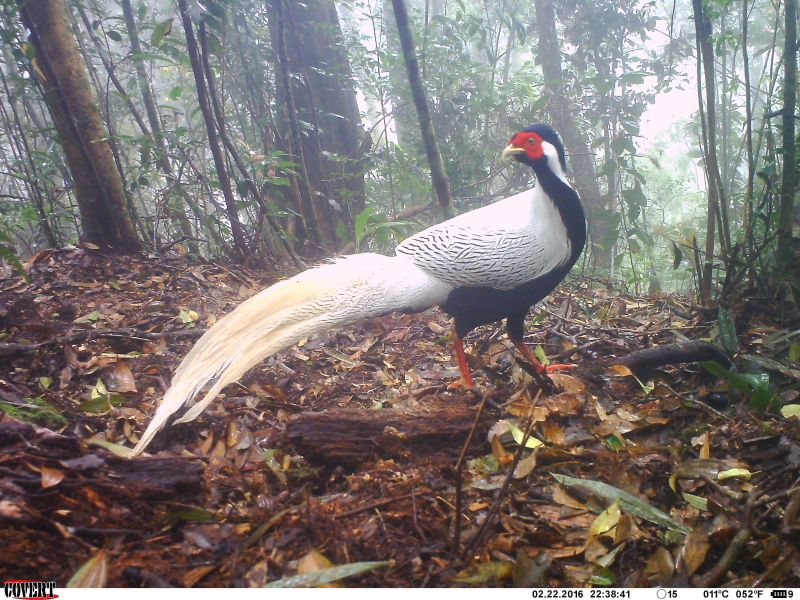Overview
This data set contains 436,617 sequences of camera trap images from 982 locations in Vietnam and Lao, totaling 2,039,657 images. Labels are provided for 120 categories, primarily at the species level (for example, the most common labels are “Eurasian Wild Pig”, “Large-antlered Muntjac”, and “Unidentified Murid”). Approximately 12.98% of images are labeled as empty. A full list of species and associated image counts is available here. 101,659 bounding boxes are provided on 88,135 images.
This data set is provided by the Saola Working Group; providers include:
- IUCN SSC Asian Wild Cattle Specialist Group’s Saola Working Group (SWG)
- Asian Arks
- Wildlife Conservation Society (Lao)
- WWF Lao
- Integrated Conservation of Biodiversity and Forests project, Lao (ICBF)
- Center for Environment and Rural Development, Vinh University, Vietnam
Citation, license, and contact information
If you use these data in a publication or report, please use the following citation:
SWG (2021): Northern and Central Annamites Camera Traps 2.0. IUCN SSC Asian Wild Cattle Specialist Group’s Saola Working Group. Dataset.
For questions about this data set, contact saolawg@gmail.com.
This data set is released under the Community Data License Agreement (permissive variant).
The original data set included a “human” class label; for privacy reasons, we have removed those images from this version of the data set. Those labels are still present in the metadata.
Data format
Annotations are provided in COCO Camera Traps format.
For information about mapping this dataset’s categories to a common taxonomy, see this page.
Accessing the data
Class-level annotations are available here:
Bounding box annotations are available here:
Images are available in the following cloud storage folders:
- gs://public-datasets-lila/swg-camera-traps (GCP)
- s3://us-west-2.opendata.source.coop/agentmorris/lila-wildlife/swg-camera-traps (AWS)
- https://lilawildlife.blob.core.windows.net/lila-wildlife/swg-camera-traps (Azure)
We recommend downloading images (the whole folder, or a subset of the folder) using gsutil (for GCP), aws s3 (for AWS), or AzCopy (for Azure). For more information about using gsutil, aws s3, or AzCopy, check out our guidelines for accessing images without using giant zipfiles.
If you prefer to download images via http, you can. For example, the image referred to in the metadata file as:
…can be downloaded directly from any of the following URLs (one for each cloud):
Having trouble downloading? Check out our FAQ.
Other useful links
MegaDetector results for all camera trap datasets on LILA are available here.
Information about mapping camera trap datasets to a common taxonomy is available here.

Posted by Dan Morris.